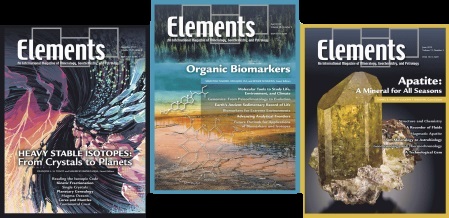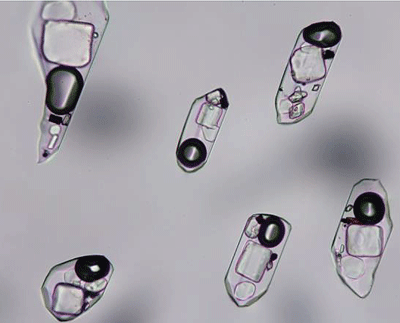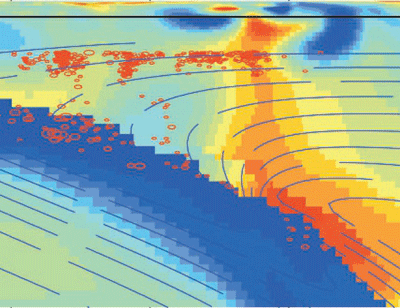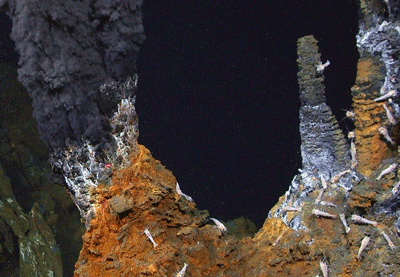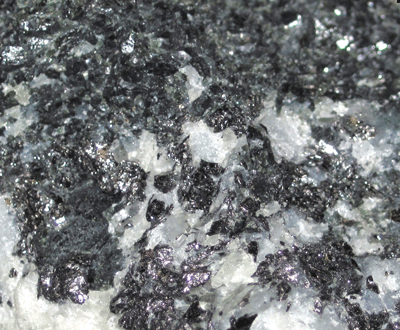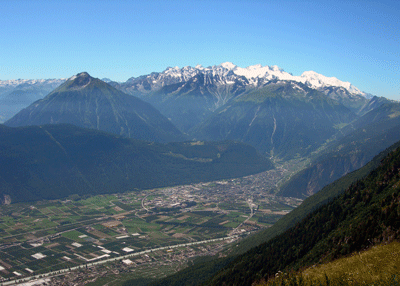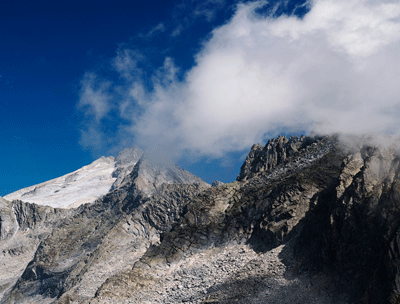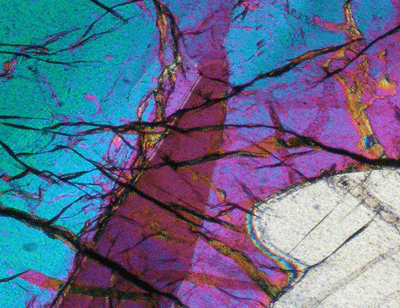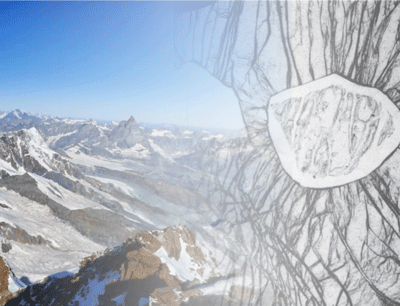Magmatic-Hydrothermal Fluids
Magmatic-hydrothermal fluids play a key role in a variety of geological processes, including volcanic eruptions and the formation of ore deposits whose metal content is derived from magmas and transported to the site of ore deposition by means of hydrothermal fluids. Here, we explain the causes and consequences of fluid saturation in magmas, the corresponding fluid-phase equilibria, and the behavior of metals and ligands during the transition from magma to an exsolved hydrothermal fluid. Much of what we know about magmatic-hydrothermal systems stems from the study of fluid inclusions, which are minute droplets of fluids trapped within minerals during mineral growth.
Magmatic-Hydrothermal Fluids Read More »

